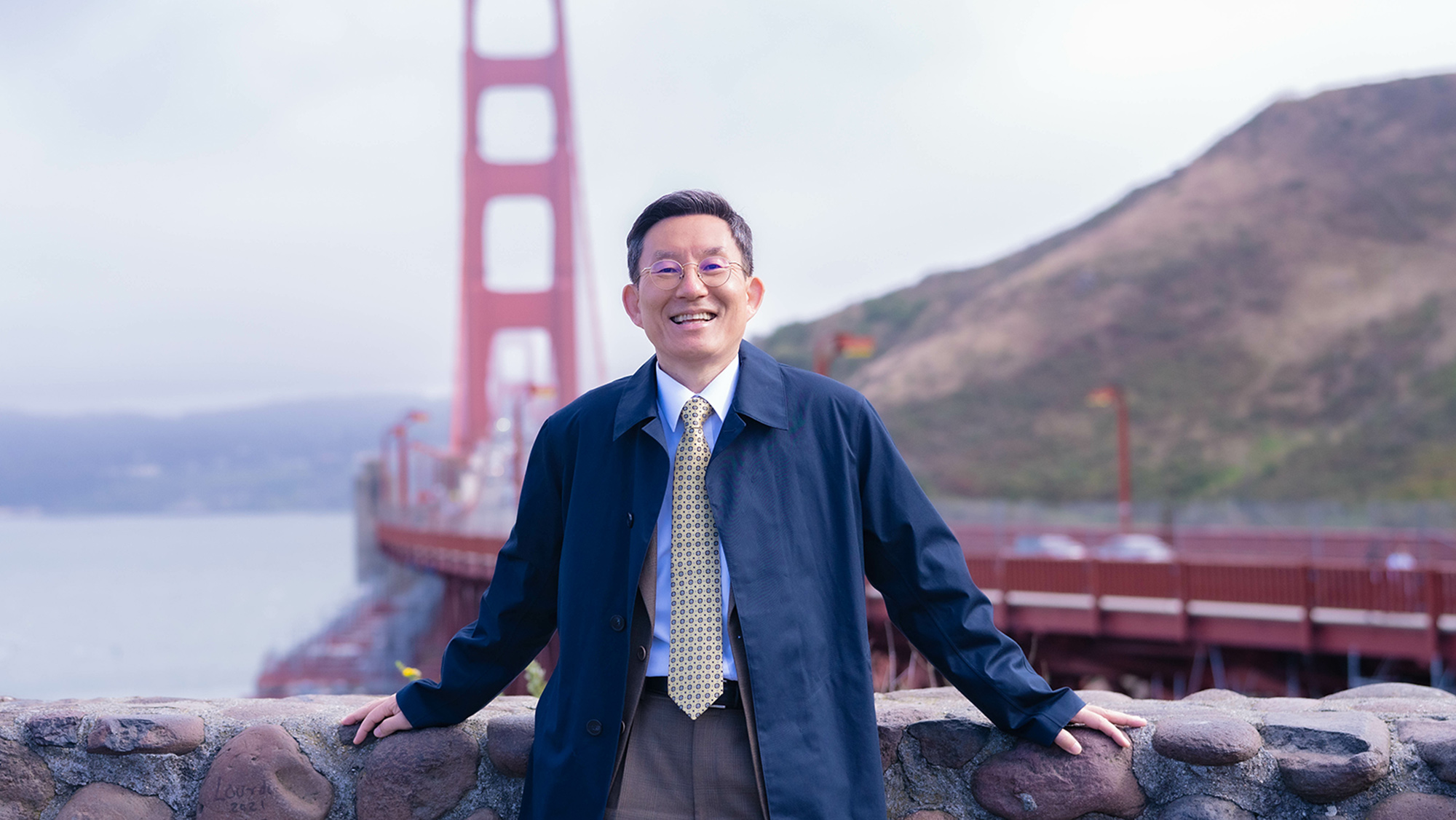
Man-Sung Yim’s career has brought him in and out of nuclear engineering, giving him a varied background in multiple subjects. However, with each step, he has been guided through this winding path by his sense of responsibility and dedication to safety and security in nuclear energy.
Starting this fall, Yim has joined the Texas A&M Department of Nuclear Engineering faculty. He will also serve as the new director of the Center for Nuclear Security Science and Policy Initiatives (NSSPI).
Yim joins Texas A&M from the Korea Advanced Institute of Science & Technology (KAIST), where he retired earlier this year as a professor in the Department of Nuclear & Quantum Engineering. He received his bachelor’s and master’s degrees in nuclear engineering from Seoul National University. For his doctoral degree, he received a Fulbright scholarship to travel to the United States and attend the University of Cincinnati. While there, he studied load-following, or the control of a nuclear reactor when the electricity grid system tries to draw more energy from nuclear power.
After receiving his doctorate, Yim returned to South Korea as a nuclear engineer in 1987, a time when the country was seeking to expand its nuclear energy production. He worked for the Korea Atomic Energy Research Institute as part of a project to promote the self-sufficient building of nuclear power plants in South Korea. Yim’s background in load-following technology came in handy for making the country’s electrical grid draw on a larger proportion of nuclear power.
During a business trip to Germany, a colleague questioned him about the potential environmental risks of nuclear energy. The possibility of a disastrous accident at a nuclear power plant in South Korea concerned Yim. He quit his job as a nuclear engineer to investigate the safest way to produce energy for his country.
“If anything happens, what happens to the country?” he wondered. “It’s a very small country with a lot of nuclear power plants. Potentially, the consequences could be catastrophic. I was stuck with the question: ‘What is the right thing to do?’”
With these questions in mind, Yim went back to school for a master’s degree in environmental science at Harvard University. During his studies, he compared the risks of nuclear energy with other alternative energy sources and learned that it is not as dangerous as he feared.
“I left the field, unsure if I was doing the right thing,” Yim said, “but the research I did told me that nuclear power is not bad.”
After receiving a second doctorate, this time from Harvard in environmental health science focusing on nuclear waste safety, he planned to continue a career as an environmental scientist. However, he was drawn back to nuclear engineering in 1994 when he was offered a position at the Massachusetts Institute of Technology teaching nuclear waste management. The following year, he became a professor at North Carolina State University until joining KAIST in 2011.
Because his interests have strayed from the technical side of nuclear engineering, Yim has since focused on safe ways to produce nuclear power. His interdisciplinary approach to nuclear engineering ranges from nuclear fuel cycles to environmental impacts to international policy and non-proliferation.
“But the question I asked — what is the most responsible or safe way of producing electricity for South Korea? — now I can broaden that question for any society or any country,” Yim said.
Yim remained at KAIST until he turned 65 earlier this year, the age at which South Koreans must retire. Last November, he met Sunil Chirayath, the previous NSSPI director and a former Texas A&M nuclear engineering professor who took a position at Oak Ridge National Laboratory in January. When Yim mentioned his upcoming retirement, Chirayath suggested that Yim seek his open position. He visited Texas A&M in March for an interview, and he was impressed with what he saw. He appreciated the size of the university and nuclear engineering’s strong presence.
Beyond the professional connections, Yim’s experience in College Station has been positive. When he and his wife visited College Station over the summer, they were charmed by the small-town feel.
“She said, ‘I just like this town,’” Yim said. “That gives me another assurance that I made the right choice.”
Ultimately, Yim looks forward to contributing to a premier nuclear engineering program like Texas A&M.
“One question you want to ask is, ‘Can I make a difference?’” he said. “That was a consideration to indicate this is the right move.”